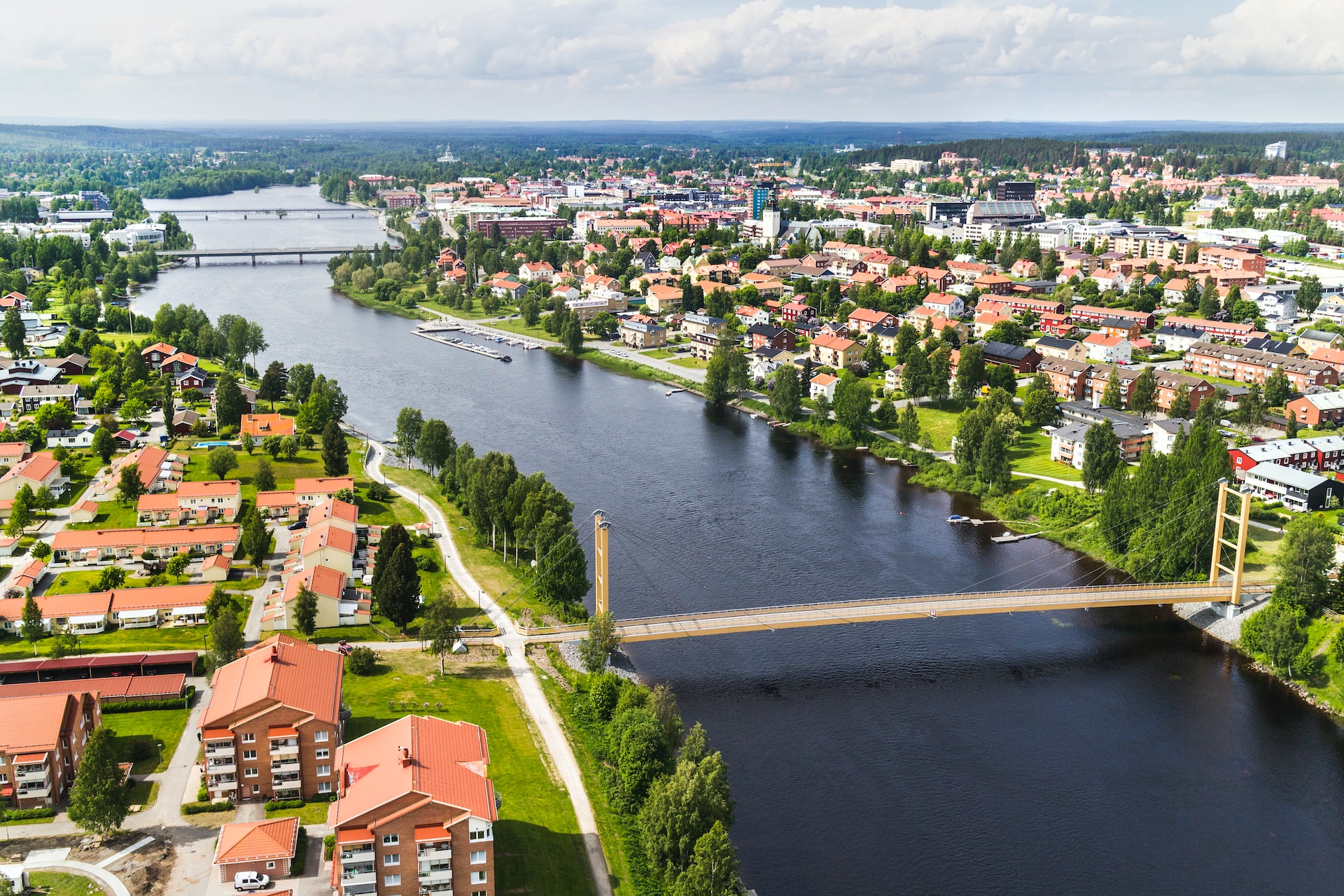This is smart rural growth (part 1)
The growth strategy Horizon 2020 forms the fundamental priority for the overall EU policy and builds on the ambition to create “a smart, sustainable and inclusive economy”. The goals are to be achieved by promoting research, innovation, and knowledge in order to realize regional economic growth. This is the point of departure for the TASTE project, a collaboration between partner universities in four European countries with the aim to assess the potential of smart growth policies for rural development (http://taste-smarteurope.eu/).

The research conducted in the project points to a number of limitations of smart growth policies, particularly their ability to target the remote and peripheral regions of Europe. The finding that determinants of smart growth seem to work well for regions that are urban and city-close, but offer only limited possibilities in remote rural regions calls for complementary growth strategies (Naldi et al. 2015) External link, opens in new window..
External link, opens in new window..
The project argues for a broader understanding of the key concepts behind the smart growth logic, as well as an extension and adaption of the concepts to fit various types of rural regions. To start with, a wider interpretation of the concept of innovation is necessary in order to understand how smart rural development can be achieved. Innovation processes in rural areas are complex and driven by a diverse set of factors that goes beyond the traditional view of innovation in terms of technological advances or new production processes. Innovation activities in rural areas are closely associated with social processes and organizational processes such as collaboration, networking, knowledge relatedness, unformal and learning by doing processes, which highlights the need to look beyond the traditional view to understand how innovative processes and activities can be developed and promoted in rural areas (Torre and Wallet 2016 External link, opens in new window.).
External link, opens in new window.).
Findings indicate that extra-local and extra-regional connections are important for rural firms’ innovation as well. This implies that rural firms compensate for lower accessibility and other disadvantages by building links to actors outside their own region. This type of smart or compensating behavior is shown to be important for rural firms’ survival and growth. A form of collaboration that seems to be particularly important is the one between firms and research oriented institutions. Such interactions create important opportunities for mutual learning and spurs firm innovation in rural areas. Yet these collaborations are found to be limited, which may be due to lack of common “language” and cultural barriers. Building such external linkages are associated with significant transaction costs for the firms, which is a strong argument for supporting this kind of link building in rural areas.
We also find that related variety in education is an important knowledge source for firm innovation in rural regions (Wixe 2016 External link, opens in new window.). This can be put into perspective to smart specialization strategies, which fall under the smart growth logic of Horizon 2020. Smart specialization implies that regions should focus on locally strong areas and develop into areas that are related to these. These strategies emphasize technological relatedness between firms, commonly measured by industry or product codes. In relation to this, our findings indicate that the support of innovative milieus in more rural regions may require complementing political measures that emphasize education and learning processes.
External link, opens in new window.). This can be put into perspective to smart specialization strategies, which fall under the smart growth logic of Horizon 2020. Smart specialization implies that regions should focus on locally strong areas and develop into areas that are related to these. These strategies emphasize technological relatedness between firms, commonly measured by industry or product codes. In relation to this, our findings indicate that the support of innovative milieus in more rural regions may require complementing political measures that emphasize education and learning processes.
Another way for rural firms or regions to renew themselves and build specialized links to urban demand and actors outside their own region is to find smart ways to make use of local specifics and resources. Although the smart growth strategy explicitly points to the importance of regional preconditions and bottom-up-planning processes; these are left highly unspecified and there is little guidance on what type of place-based resources and planning processes that may be important.
The research conducted within the TASTE project exemplifies the role played by different types of local amenities for new firm formation and local attractiveness in rural areas. Findings show that the supply and diversity of different types of nature- and culture based amenities (e.g., protected areas, coastal areas, cultural environments and built heritages), form significant place-based resources as they provide opportunities for recreation and are used by firms to develop new niche products and services (Nilsson 2016 External link, opens in new window.). This implies that externalities that are not directly related to the smart growth logic can be expected to play a significant role in creating preconditions for rural development. These results create strong arguments for furthering the preservation, use and development of natural and cultural resources.
External link, opens in new window.). This implies that externalities that are not directly related to the smart growth logic can be expected to play a significant role in creating preconditions for rural development. These results create strong arguments for furthering the preservation, use and development of natural and cultural resources.
To sum up, for smart growth strategies to really be smart for different types of regions, there is a need for policy measures that are flexible enough to allow for tailor-made local policies. Such strategies should stimulate firms to engage in so called “smart” or “compensating” behaviors, which may imply seeking collaboration with extra-regional partners as well as promoting a diverse but complementary knowledge base among the employees. Additionally, it is important to create an increased awareness among firms, entrepreneurs, and other local actors on the potential role played by local amenities, external linkages, and knowledge spillovers. These factors are at the core of smart rural growth.
Lucia NALDI
Pia NILSSON
André TORRE
Frederic WALLET
Hans WESTLUND
Sofia WIXE
Detta är en bloggtext. Det är skribenten som står för åsikterna som förs fram i texten, inte Jönköping University.






